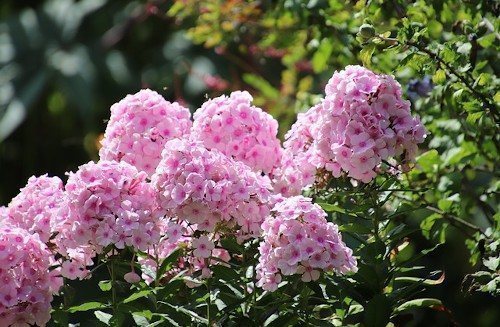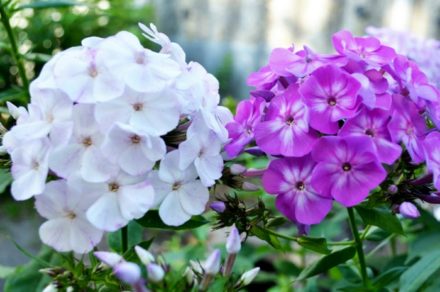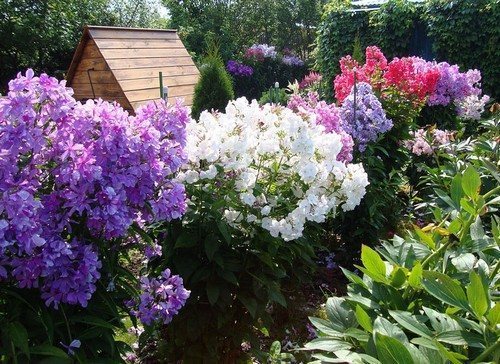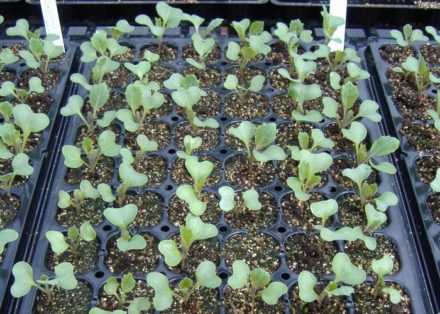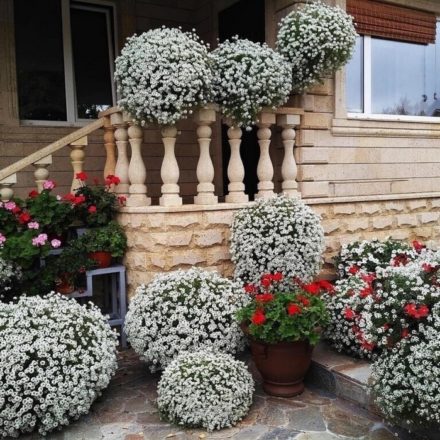It doesn’t matter whether we are talking about annual or perennial phlox. Both flowers can be grown by planting seeds on seedlings. Initially, the seedlings are kept at home, where it is possible to control their growth and provide the necessary care. To get strong seedlings and lush flowering in the future, you should use some tips.
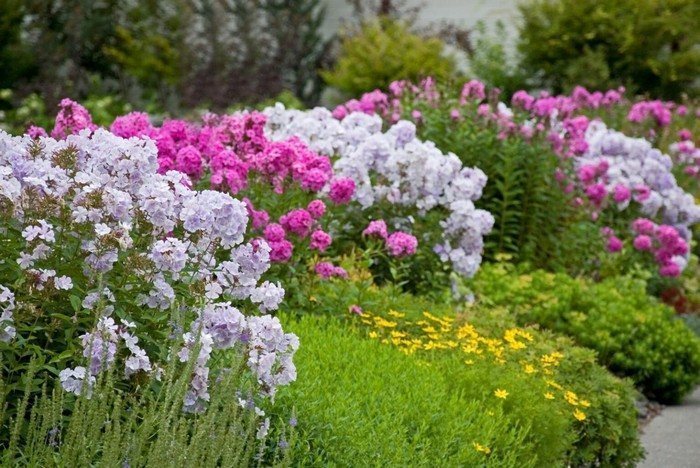
How to choose the right soil
Land for phlox seedlings must meet several requirements at once. In particular:
- have a neutral acid-base reaction;
- be quite loose and at the same time nutritious;
- undergo a disinfection procedure.
Achieving all this is not difficult. Typically, summer residents prepare soil for seedlings in the fall and keep it in a suitable place (in a barn, on a balcony). 2 weeks before sowing phlox, the soil should be brought home. Land with high acidity is first limed so that the pH returns to normal (this should be done in advance, in the fall).
Pay attention to the structure of the soil. If the soil is clayey or dense, it is necessary to add peat, sand, perlite or vermiculite. The composition of sandy soil is also improved by adding peat. You can increase the nutritional value of the soil by adding compost or humus.
No later than 10 days before sowing, the soil is steamed in a microwave or oven to kill pathogens and insect larvae.If the soil has been frozen, it is not necessary to disinfect it. Buying ready-made soil for flower seedlings will help you avoid all this hassle: it does not require any treatment. The composition of such land is completely balanced.
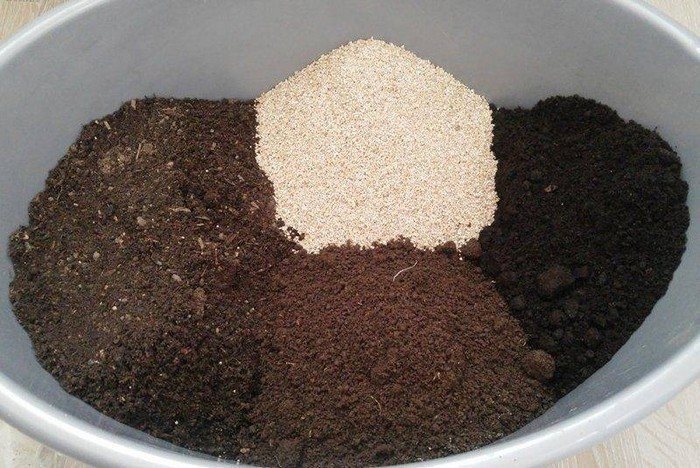
Features of sowing
Sowing of phloxes is carried out at the end of February or early spring in low containers. This could be a wooden box, a plastic container, or a transparent food tray. The container must be clean; to be safe, rinse it with boiling water. A drainage layer of expanded clay is laid at the bottom, then soil is poured.
Phlox seeds are scattered evenly over the surface and then lightly pressed with your hand to ensure firm contact with the soil. There is not much planting material in one package, so it is better to take 2-3 packs of seeds, taking into account the fact that not all of them will sprout. The crops are lightly sprinkled with dry soil. After this, the soil is moistened with a spray bottle and covered with film.
The container with the crops is placed in a lighted place. The shelter cannot be removed until the seeds germinate. The film is removed daily for 15-20 minutes to ventilate the plantings. As necessary, the soil is sprayed with water at room temperature; it must not be allowed to dry out, otherwise the seeds will die.
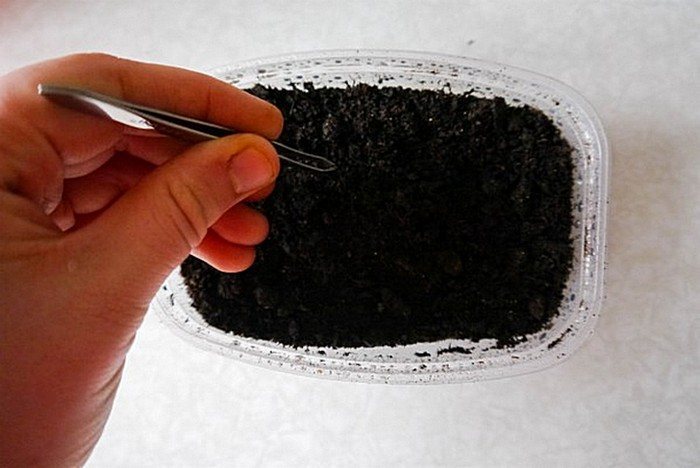
Conditions for seedlings
The container with the crops should be placed in the most illuminated place - ideally it should be a southern window sill. On cloudy days, you can turn on additional lighting. For this purpose, a fluorescent lamp or LED lamp is used. It’s even better if the house has a phytolamp specifically designed for plants.
In order for the seedlings to develop well, the room must be warm - 23-25 °C.It is better not to place the box with seedlings close to the glass, it is cooler there. As soon as the shoots appear, the shelter is removed. It will be necessary to slightly reduce the temperature 2 weeks before planting phlox in the ground. They do it smoothly. First, lower the temperature to 20 °C, and later to 16 °C. Thus, the seedlings will undergo the necessary hardening and quickly adapt to new conditions after moving to the flowerbed.
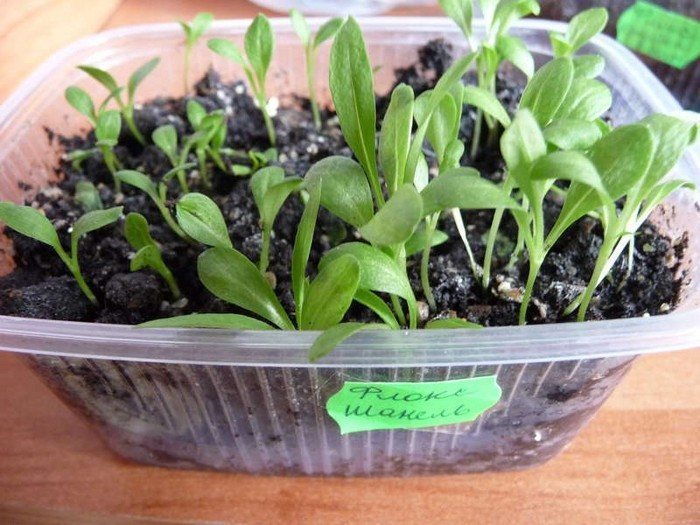
Seedling care
Caring for seedlings mainly consists of watering. Seedlings must be watered regularly, while maintaining balance. You should not overdry the soil, nor should you over-moisten it. While the plants are very small, it is convenient to water them with a medical syringe without a needle. Some people prefer to use a syringe for this purpose.
After 3 true leaves appear on the phloxes, they are dumped into a larger container. Plants must have free space to grow. In crowded conditions, seedlings will begin to stretch out, competing for light, food and water. After transplanting the seedlings, the container with phlox is shaded from the sun for 3-4 days.
Since the seedlings spend about 3 months at home, another picking will be needed later. This time the phloxes are placed in separate cups. If the variety is miniature, repeated picking is not necessary; the plants are immediately planted in the flowerbed at the appropriate time.
Due to their long stay in the house, phlox may begin to experience a lack of nutrients. Therefore, it is customary to feed seedlings 1-2 times. Fertilizers are applied a week after picking.For feeding, a complex preparation with macro- and microelements in half the dosage is suitable.
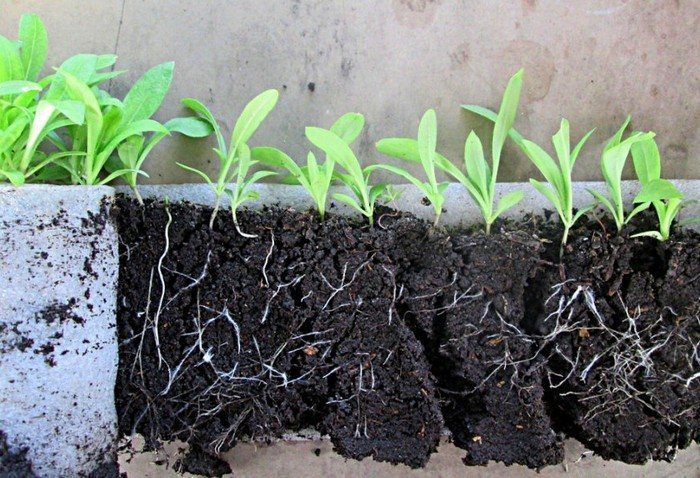
Terms and rules for transplanting to a flowerbed
The favorable time for moving phlox into open ground is in May. We must wait for the final warmth to arrive so that the plants are not threatened by return frosts. Plant seedlings on a cloudy day. Under the scorching rays of the sun, the leaves will immediately wither, because the roots cannot yet work fully.
Plants are planted in holes along with a lump of earth. To prevent the soil from falling off the roots, phloxes are watered the day before transplanting. The distance between flowers depends on their type. For annuals, a gap of 15-20 cm is enough; perennial varieties are planted at a distance of 0.5 m from each other. If the flowers are intended for the border, the planting is made denser.
The ideal place for phlox is partial shade. At noon, flowers should not be exposed to the scorching sun. The flowerbed is laid out where water does not stagnate. Drainage is placed at the bottom of the planting holes. The soil is first improved, making it looser and more nutritious. These flowers like feeding with wood ash and vermicompost.
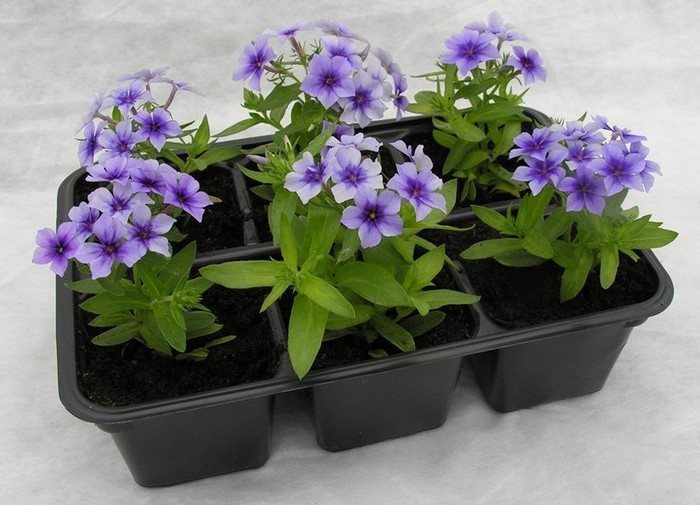
Planting phlox with seeds makes it possible to obtain a large number of plants at once; this is beneficial when the flowers are to play the role of a hedge or border. Caring for the seedlings will make them strong and healthy, and abundant flowering will not take long to arrive. The first flowers appear on seedlings even before planting in the ground.


